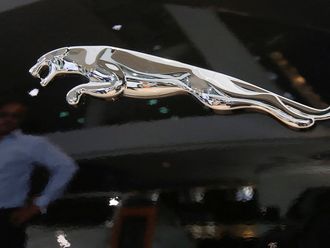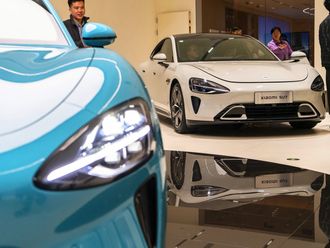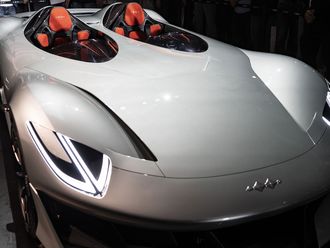The retail industry is going through a period of tremendous change, and it is likely to change more within the next three years than it has in the past 30.
By 2020, Gen X-ers would be at their peak earning age, Gen Y would be starting off families and Gen Z would be well on their way to becoming the largest shopper segment. The lifestyles, needs and demands of these segments — especially Gen Y and Gen Z — are likely to re-define the very concept of what a store is. In their paper titled “Gen Z and the future of shopping”, WPP retail and design agency Fitch described some of the dynamics of millennial shoppers — of being in a state of partial attention, having more control over brand narratives than ever before and driven by changing beliefs on what a corporate’s role in society should be.
This has given rise to six emerging trends within the retail landscape:
* From standardisation to engineered diversity
Since the 1980s, when modern retail as we know it really took shape, retailers have been focusing on standardisation, as that enables clear brand identification, improved efficiencies and therefore higher margins. For example, a Carrefour outlet in Dubai looks pretty much the same as one in Marseilles.
However, this one-size-fits-all approach may no longer suit the needs of future shoppers, who desire variety in formats and expressions. Starbucks, for example, used to follow a standard formula in terms of store format and product offering and has now started exploring different formats in the US, like drive-through, express, urban, suburban and premium formats, which have been designed based on consumer dialogue.
* From top-down communication to co-authored narratives
The days when brands could tightly control their messaging via broadcast mediums are fast disappearing. Consumers are now in control of brand narratives via social media. Therefore, rather than worrying about loss of control, retailers need to learn the art of dialoguing with the customers.
Retail outlets need to double up as destinations for conversations (e.g. having a coffee-shop with Borders is on trend) and brands need to embrace the idea that their messaging could be controlled by others.
* From channel specific to omni-channel
Millennials don’t think in terms of clicks vs bricks. For them both are part of seamless alternative realities. This will be reinforced by advances in IoT, cloud storage and virtual reality. A consumer who can access her favourite music album on any device via cloud storage will demand the same from in-store and out-of-store experiences. Hence, retailers need to create a continuity of experience between in-store and out of store, as well as invest in back-end logistics like mobile payment gateways, same-day free deliveries and hassle-free returns for online orders.
* From product focus to experience focus Retail concepts in the first decade of this century were based on maximising product display. But millennials have learnt to “tune out noise”; clutter is a turn off for them and they prefer simple, ordered and visually inspiring displays.
Also, with a lot of browsing and shopping moving online, physical stores need to offer unique experiences to motivate customers to visit. This trend is visible in the new layout of Sharaf DG outlets, where the focus is more on experiential immersion, rather on a wide variety of display.
* From mass appeal to individual relevance
The millennial shopper is increasingly defining value not in terms of time and ease, but in terms of relevance. A substantial proportion feel that retailers are not doing enough to provide them with personalised products.
This requires a mind-shift on the part of the retailer, where the focus becomes the guest and not the sale. An interesting application of this is Bonobos, a US-based e-tailer. They have set up guide-shops where customers can come in and try products like a normal store, but they can’t walk out with a purchase.
However, they can order the products online at the guide-shop itself for free home delivery. Stocking only one of each product within the range means that each guide-shop can stock every product in every size and colour within their catalogue, thus, being able to offer a personalised product to the shopper.
From profit consciousness to social
Both millennials and Gen Z believe strongly in the importance of good citizenship. They value brands that are transparent about the social and environmental impact of their products. One of the reasons brands like The Body Shop find favour with the new generation of shoppers is transparency on their sourcing policies, and the positive social impact of their partnerships with farmer cooperatives.
Based on these trends, the retail industry of the future, both globally and within the Gulf, will need to seamlessly integrate physical, human and digital aspects to create experiences that are truly meaningful to Gen Y and Gen Z consumers.
The writer is a director at Kantar MENAP.












